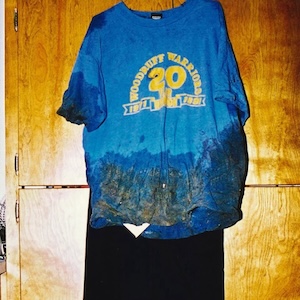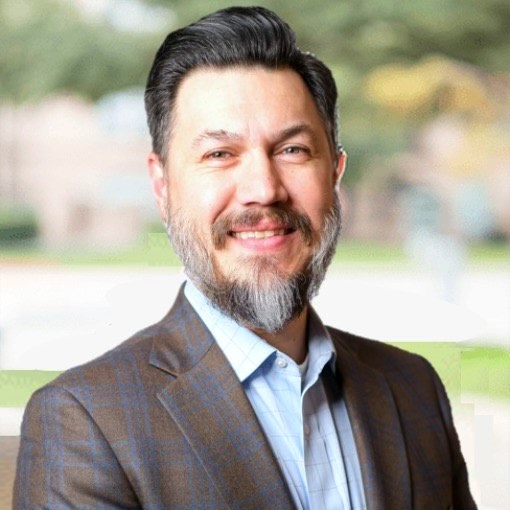Summary
On August 13, 1998, a badly decomposed body was located in dense shrubbery in a ravine in the 1300 block of Avocado in El Cajon, California. The victim was thought to be a white or Hispanic female, approximately 5’2” and 110 pounds, believed to be in her 30s. It was later determined that she had experienced at least one pregnancy. She was found wearing a blue t-shirt with the logo “Woodruff Warriors 20-year reunion 1971-1991”, black shoes, white socks, and a 6-inch silver herringbone bracelet on her left wrist. The manner of death was determined to be homicide, but efforts to identify the woman through traditional investigative methods proved unsuccessful.
In 2003, the El Cajon Police Department Cold Case Unit revisited the case and sent the victim’s skull to a forensic artist for a facial reconstruction, which was later released to the public. In 2008, DNA was extracted from the remains and searched in the Combined DNA Index System (CODIS), but no matches were found to a known identity. The case was entered into NamUs as UP56678 in April 2019 but remained unresolved.
In May 2022, the El Cajon Police Department partnered with Othram, a forensic laboratory specializing in advanced forensic DNA testing, to reanalyze the skeletal remains using Forensic-Grade Genome Sequencing®. Othram's scientists successfully built a comprehensive DNA profile from skeletal remains, and Othram’s in-house forensic genetic genealogy team began a search to identify genetic relatives. Due to the unknown woman’s unique biogeographical ancestry, efforts to find close relatives were challenging. However, forensic genetic genealogical research revealed likely family ties to Michoacán de Ocampo, Mexico, and potential relatives in the San Diego area.
One of the distant relatives identified through the initial forensic genetic genealogy search was contacted by law enforcement during the investigation. In an effort to assist, that individual shared the inquiry in a Facebook group focused on the Tumbiscatío region of Michoacán, Mexico, where the family was believed to have ancestral ties. This post led to a critical development: a member of the group reached out to authorities to suggest that the unidentified woman might be his mother’s sister, Alicia Sanchez Ledezma, who had been missing since 1998. Investigators followed up on the tip, obtained a reference DNA sample from the family, and conducted traditional short tandem repeat (STR) testing, which confirmed the identification. This case is a compelling demonstration of how the combination of forensic genetic genealogy and public participation can bring resolution to even the most complex cold cases.
The El Cajon Police Department is continuing its investigation into the circumstances surrounding Alicia Sanchez Ledesma’s death. Anyone with information is urged to contact the department’s Investigation Division at (619) 579-3320, email the volunteer Cold Case Unit at coldcaseunit@elcajon.gov, or share tips anonymously through Crime Stoppers at (888) 580-8477 or sdcrimestoppers.org.
The identification of Alicia Sanchez Ledezma represents the 71st case in the State of California where officials have publicly identified an individual using technology developed by Othram. Visit DNASolves to learn about other California cases where your support can help bring long-awaited answers to families.
